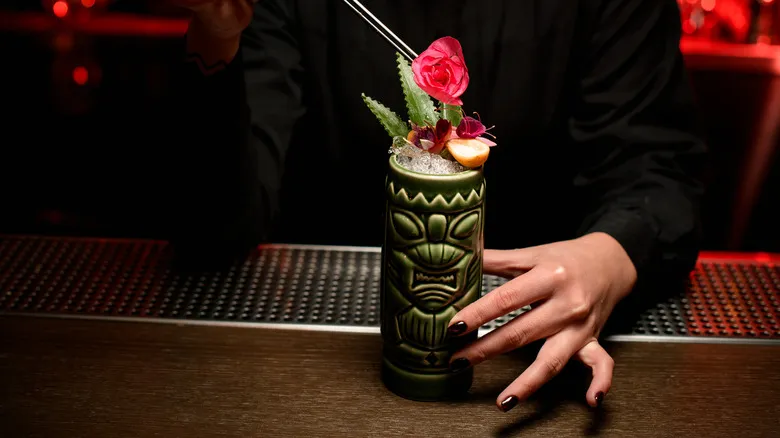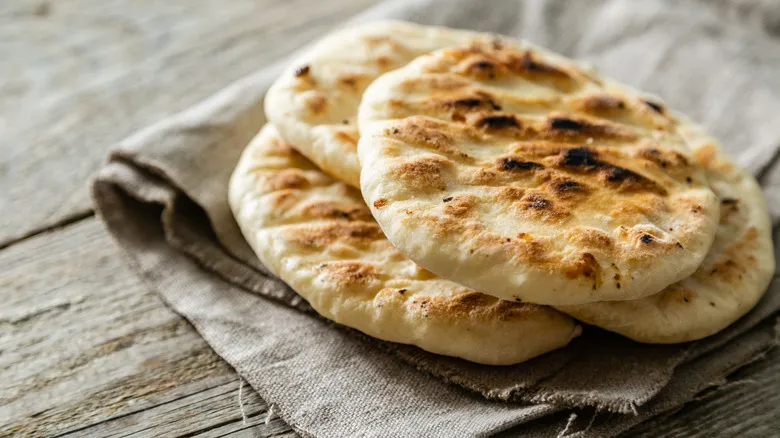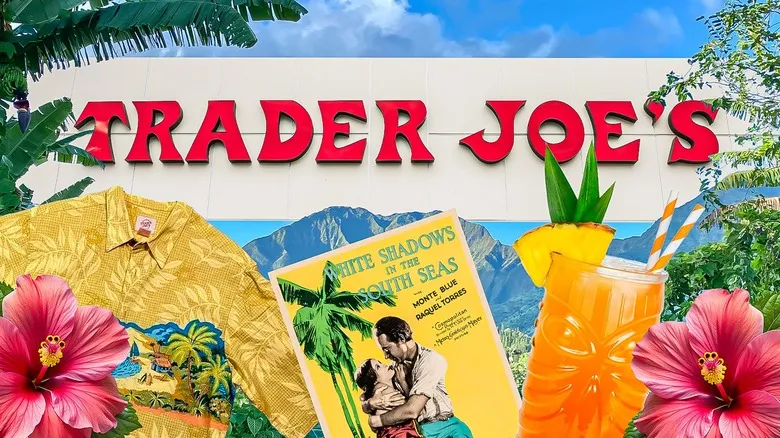How tiki culture influenced Trader Joe's aesthetic

A seasoned traveler named Donn Beach, originally known as Ernest Gantt, established the first tiki bar in Hollywood in 1932, called "Don the Beachcomber." He adorned the bar with mementos from his adventures. Its immense popularity led to the swift emergence of competitors, including Victor "Trader Vic" Bergeron. Both establishments embraced Caribbean cocktail culture, crafting tiki drinks that featured a variety of ingredients and spices.
Trader Vic's thrived with locations spanning from Beverly Hills to Hawaii to Manhattan. By the time Joe Coulombe sought to set his grocery stores apart from others, tiki culture had become so widespread that even car dealerships and bowling alleys embraced the theme. Coulombe reminisced about the era's popularity, noting, "The thirty-somethings (including us) of that time were opting for Mai Tais and Fog Cutters instead of Chardonnay, sipping those drinks adorned with little umbrellas to shield the alcohol from the 'Rain on the Roof' feature of those Polynesian bars." In addition to Trader Vic's, Coulombe drew inspiration from various tropical themes for his store's concept.
A tropical theme for world travelers

Joe Coulombe drew various inspirations for the aesthetic of Trader Joe's, many of which are loosely linked to tiki culture. Among these influences were the Calypso song "Yellow Bird" and a Hawaiian-themed melody titled "Beyond the Reef." Additionally, he was inspired by an early 20th-century book he had read, "White Shadows in the South Seas," which chronicles journalist Frederick O'Brien's adventures in the South Pacific. The American fascination with the cultures of the Pacific and the Caribbean, which fueled the tiki movement, stemmed from such literature and the music associated with these regions.
Coulombe's choice of a tropical theme was closely tied to the customer demographic he aimed to attract—and quickly succeeded in winning over. The GI Bill of Rights, which enabled U.S. military veterans to attend college for free, resulted in a wave of better-educated Americans. Meanwhile, the introduction of the Boeing 747 made travel more accessible and affordable. Coulombe believed that these well-educated and well-traveled consumers would seek a different kind of grocery shopping experience, and tiki culture played a significant role in shaping that vision.
Recommended

Hacks That Will Have You Saving Money When You Shop At Costco

The Strange Question Of Ownership Behind Trader Joe's And Aldi

The Trader Joe's Staple That Will Transform Your Flatbreads

Trader Joe's 19-Cent Hack To Keep Groceries Cold On The Trip Home
Next up

